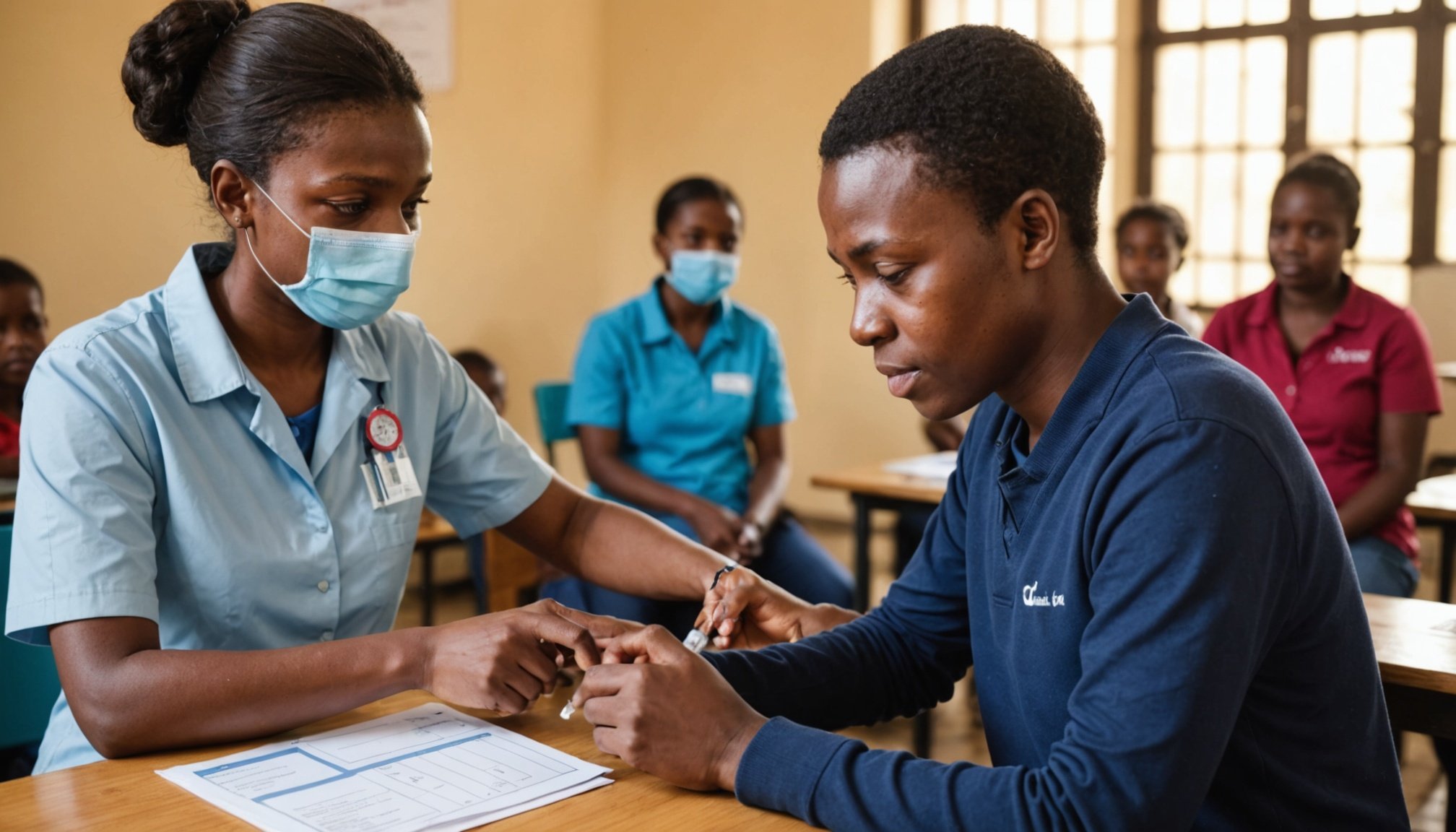As the world continues to grapple with the effects of the COVID-19 pandemic, the role of vaccination in safeguarding public health has become increasingly critical. A well-informed community can significantly improve vaccine uptake, which in turn helps to achieve herd immunity and protect the most vulnerable among us. However, hesitancy surrounding vaccines poses a substantial challenge to public health efforts. In this article, we will explore how educational campaigns can effectively address this issue, enhance understanding of the importance of vaccination, and ultimately promote better health outcomes.
Understanding Vaccine Hesitancy
To effectively tackle vaccine hesitancy, one must first comprehend its underlying causes. Research indicates that hesitancy can stem from a multitude of factors, including misinformation disseminated through social media, lack of access to reliable health information, and deeply held cultural beliefs. Moreover, some individuals may possess a general mistrust of the healthcare system, which can result from historical injustices or negative personal experiences.
Also to see : Exploring the Effects of Music on Alleviating Anxiety in Patients Prior to Surgery
Understanding these factors is crucial for developing targeted educational campaigns. For instance, a campaign that aims to mitigate hesitancy must consider the specific concerns prevalent within a community. Engaging with local leaders or trusted figures can enhance the credibility of the information being presented. By leveraging existing relationships within the community, campaigns can build trust and foster open dialogue about vaccines.
The role of education cannot be overstated in this context. By providing accurate, clear, and accessible information about the benefits and safety of vaccines, educational campaigns can help dispel myths and combat misinformation. Furthermore, these initiatives should aim to meet people where they are, tailoring their messages to align with the community’s needs and values. This includes utilizing language that resonates with the audience and addressing specific fears or misconceptions they may have about vaccination.
Also to read : Unveiling the Impact of Occupational Hazards on Chronic Obstructive Pulmonary Disease: What You Need to Know!
The Role of Media in Vaccine Education
The media plays a pivotal role in shaping public perceptions of vaccines. It serves as a primary source of information for many individuals, making it imperative that accurate and balanced content is disseminated. Unfortunately, sensationalized stories and misinformation can easily spread, exacerbating hesitancy among the public.
Educational campaigns must therefore engage with various media outlets to ensure that factual information reaches the community. This can include partnerships with local news organizations, influencers, and health professionals who can authentically communicate the benefits of vaccines. Utilizing social media platforms is also essential, as these channels have become integral to daily communication and information sharing.
Moreover, campaigns should focus on creating shareable content that resonates with the target audience. Infographics, short videos, and personal testimonials are effective tools for capturing attention and conveying vital information regarding vaccine safety and effectiveness. When individuals see their peers advocating for vaccines, it can help normalize the conversation and reduce hesitancy.
In addition to promoting vaccine uptake, the media can play a critical role in addressing questions and concerns in real-time. By establishing a dialogue between healthcare professionals and the public, media campaigns can create an open atmosphere where individuals feel comfortable voicing their concerns. This engagement can facilitate a greater understanding of the vaccine development process and alleviate fears regarding side effects or long-term impacts.
Community-Based Approaches to Vaccination Education
Community involvement is vital in the fight against vaccine hesitancy. Educational campaigns that are designed with input from community members tend to be more effective because they reflect local values and address specific concerns. This approach fosters ownership among community members and encourages them to take an active role in promoting vaccination.
One of the most successful strategies involves partnering with community organizations, such as faith-based groups, schools, and local health clinics. These institutions often have established trust within their respective communities and can serve as credible sources of information. Programs that include workshops, town hall meetings, and outreach events can provide opportunities for individuals to learn more about vaccines in an engaging manner. Such initiatives can also dispel myths and offer a platform for community members to ask questions directly to health experts.
Furthermore, leveraging peer education can be highly effective. Training community members to act as vaccine ambassadors can help bridge the gap between health professionals and the public. These ambassadors can share their personal stories about vaccination, address community-specific fears, and encourage others to get vaccinated. This grassroots approach can lead to a significant increase in vaccine uptake as individuals often feel more comfortable receiving information from their peers rather than healthcare professionals alone.
To complement these efforts, data collection and analysis are crucial. By assessing the needs and concerns of the community prior to launching educational campaigns, organizations can tailor their messages and strategies for maximum impact. Ongoing evaluation of these initiatives will also ensure they remain relevant and effective in promoting public health.
The Importance of Continuous Education and Engagement
The landscape of public health is constantly evolving, especially in the context of the COVID-19 pandemic. As new variants emerge and additional vaccines are developed, it is imperative that educational campaigns adapt accordingly. Continuous education is vital to ensuring that communities remain informed about the latest developments in vaccine research and public health guidelines.
Regular engagement with the community through follow-up educational initiatives helps to sustain interest in vaccines and address any emerging concerns. Campaigns should not be viewed as one-time efforts but rather as part of an ongoing commitment to public health. This might include seasonal workshops, online webinars, and updated informational materials that reflect current data.
Moreover, fostering an environment of education and open dialogue around vaccines can also encourage individuals to share their experiences and insights. This peer-to-peer dialogue can further enhance trust within the community, making it easier for individuals to seek out information and assistance regarding vaccinations.
In addition, educational campaigns must utilize diverse communication channels to reach different segments of the population effectively. For instance, older adults may prefer more traditional forms of media, such as newspapers or radio, while younger individuals might engage more with digital platforms. By diversifying communication strategies, campaigns can ensure that they reach a broader audience and effectively promote vaccine uptake.
Ultimately, ongoing education and engagement are essential for sustaining community trust and enthusiasm for vaccination. It is crucial that educational campaigns remain dynamic, relevant, and responsive to the needs of the community.
In conclusion, educational campaigns play a pivotal role in promoting vaccine uptake within communities. By understanding the underlying causes of hesitancy, leveraging the power of media, employing community-based approaches, and committing to continuous education and engagement, public health initiatives can significantly improve health outcomes during and beyond the COVID-19 pandemic. As communities work together to combat misinformation and build trust in vaccines, we can create a healthier future for all. Through collaborative efforts and informed dialogue, we can ensure that everyone has the opportunity to make informed decisions about their health.











